Are we already developing some kind of large-format fatigue? It seems that those big sensors have conquered the cinematography world since many productions demand the “large-format look”. However, shooting large format holds significant disadvantages that cinematographers must be aware of, before causing artistic fatigue among audiences.
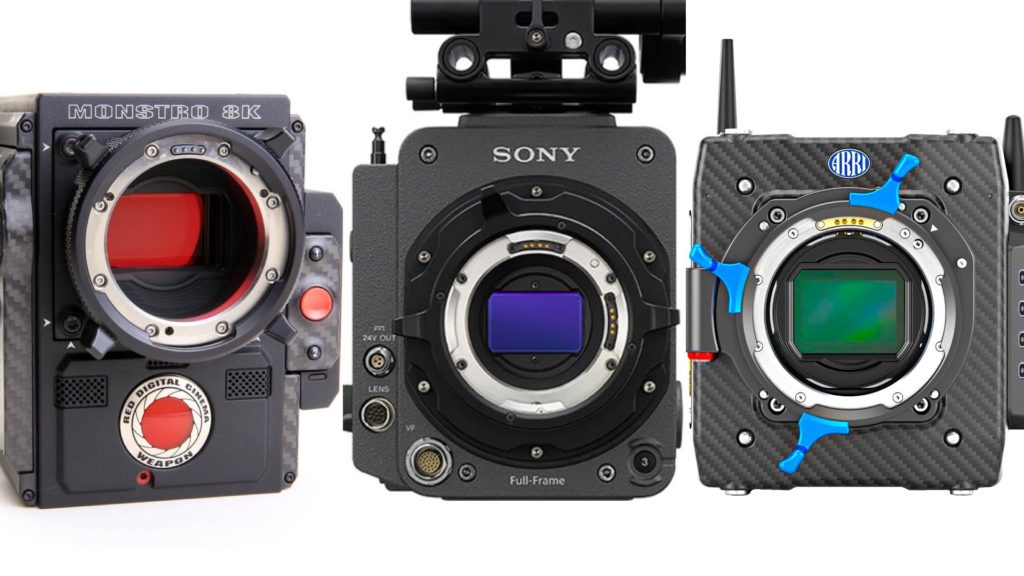
Large format has conquered Oscar 2021
When analyzing the cameras behind Oscar 2021, we explore a vast amount of large format cameras. When comparing it to the cameras that shot the Oscar 2020 films, we can see the opposite of tendency. For instance, have a look at the slide below which demonstrates two pie charts (Oscar’s cameras 2020 vs. 2021). In the 92nd Academy Awards, most of the cameras used to shoot the films were Super 35, compared to 93rd Academy Awards that is dominated by large format cameras. Indeed, the majority of cameras in Oscar 2021 contain large sensors. Can we conclude that Super 35 is obsolete? Of course not. In fact, in a Cinematography Reddit thread, an insightful conversion was focused on the large format fatigue which concentrates on the extreme shallow unnatural look derived from large sensors.
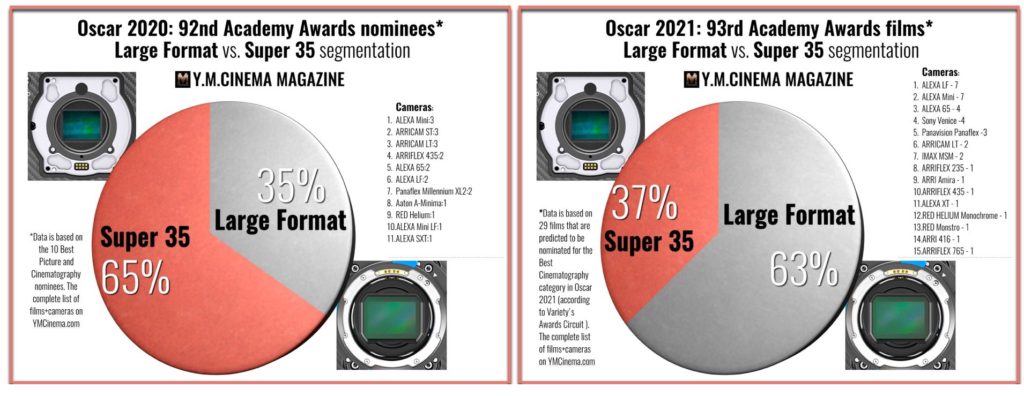
“Distracting and frustrating”
It’s not the first time I hear that large sensor cameras are overused. This Reddit thread sheds light on the side effects of the large format cinematography: “I gotta say, with the popularity of large format sensors and ultra-fast lenses, the depth of field on a lot of these productions is so shallow I find it distracting and frustrating. Everything is too beautified and isolated and I feel like I’m watching a commercial, not a narrative. There is a practical reason to stick with it though- streaming compression really muddies dense detail so if only a small portion of the image is sharp the image will fare better. (Though that beautiful bokeh doesn’t always compress well either, it’s just less noticeable)” says Reddit user. Another user adds: “Same here. Don’t understand this obsession with large format…I actually kinda miss the early digital cine cameras look when everything didn’t look super crisp, ultra-sharp, and shallow…I feel shallow DOF should be used as a tool, not as a defacto standard. When the shallow DOF serves the story for a shot, then by all means”. From my personal perspective, I can confirm that shallow DOF is overrated and sometimes serves as compensation for poor set decoration.
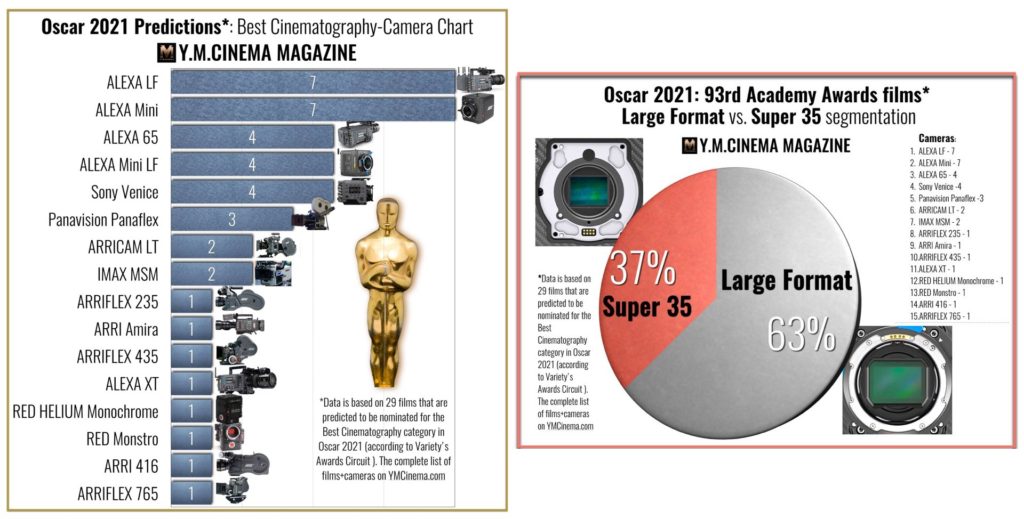
Large format disadvantages
When everyone talks about the pros of large format cinematography, we’ll try to focus on the cons. Here’re the disadvantages of shooting large format:
- Costs are higher (cameras, media, and storage)
- Bigger cameras (larger cooling apparatus and heavier structure)
- Limitation of HFR (High Frame Rates)
- Higher FOV (Field of View) which demands more accurate set decoration
- An extreme shallow DOF (Depth of Field): Attrition of the viewers
Of course, these side effects are amplified when large sensor cameras are overused and treated like a gimmick and not as a storytelling tool.
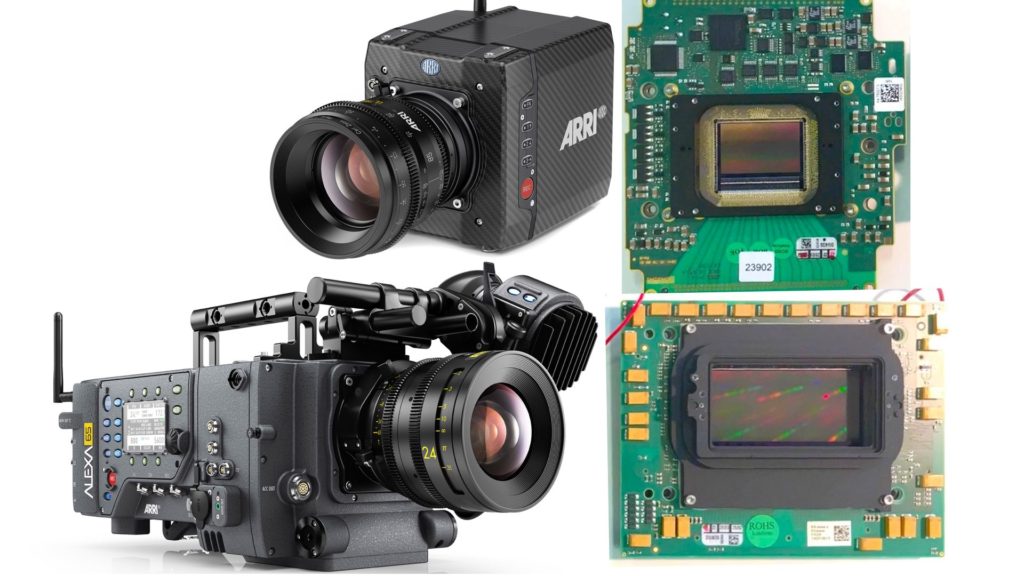
Final thoughts
The significant positive inclination of large format camera utilization indicates a new filmmaking trend. However, large-format fatigue has emerged. Cinematographers must accurately utilize large format cameras for their storytelling purposes to prevent audience distraction and frustration. Furthermore, it constitutes a valid reason going back to the good and old Super 35.
Further reading and references
- The Cameras Behind Oscar 2020: Film Made a Comeback and RED Enters the List
- The Cameras Behind Oscar 2021: ARRI LF, Panaflex, VENICE, HELIUM Monochrome, and a lot of Film
- 2020: The Year of the Large Format Cinematography
- Large Format Look Shootout: ARRI Alexa 65 vs. ARRI Alexa Mini
- Large Format Cinema Lens Sets: A Chart for Filmmakers
- Large Format Cinematography: Roger Deakins Talks About the ALEXA Mini LF
- Large Format Cinema Cameras: High-level Comparison
- Large Format Cinema Lenses: Filmmakers’ Chart
- MZed Review: ARRI Certified Online Training for Large-Format Camera System
- ARRI Tech Talk: ALEXA LF (Large-Format) Explained
- Ozark Cinematography: From Super 35 (Varicam) to Full Frame (VENICE)
What are your thoughts about the large format trend? Do you agree with the artistic fatigue claimed in this article? Let’s know your insights in the comments section below.

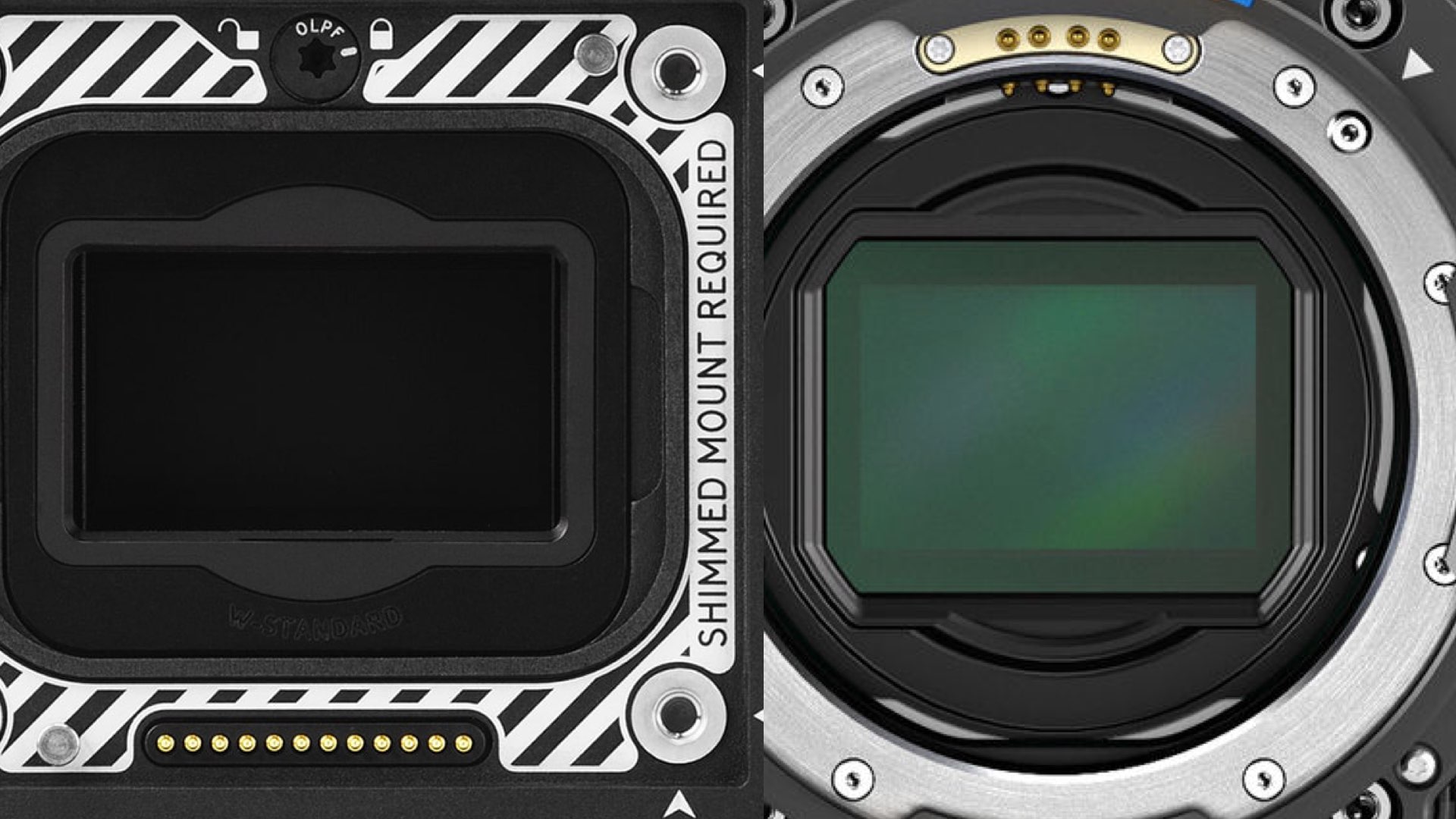

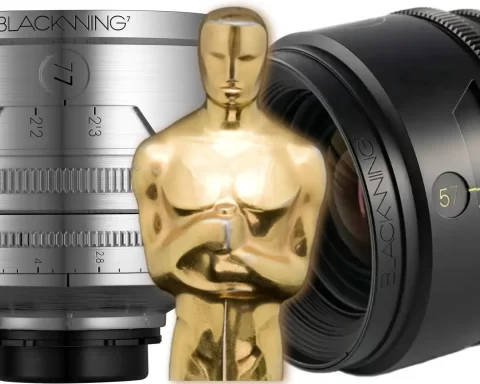
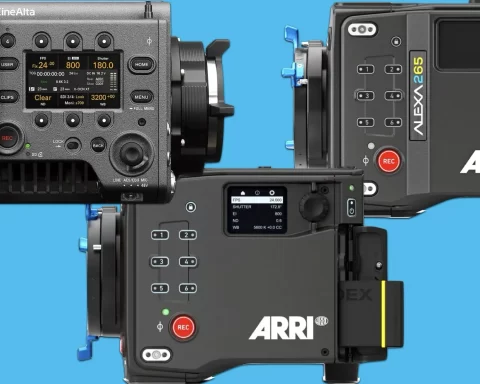
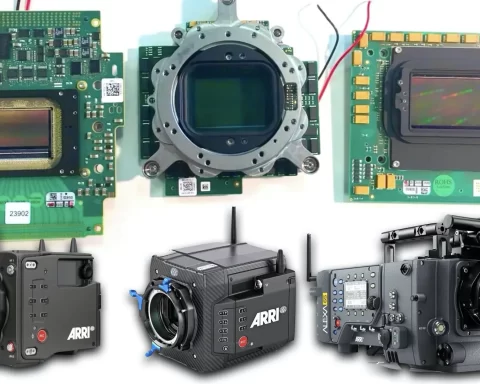
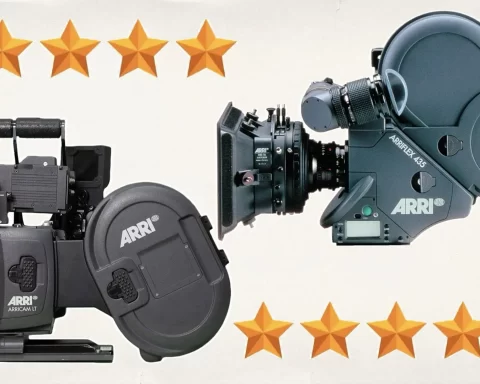
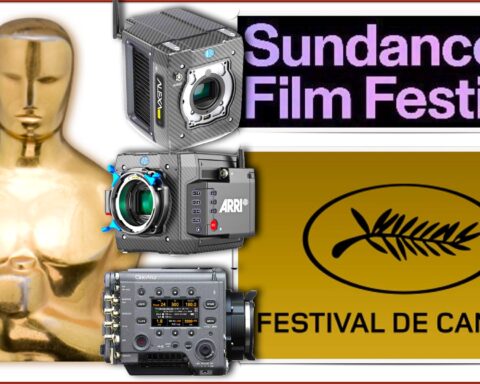

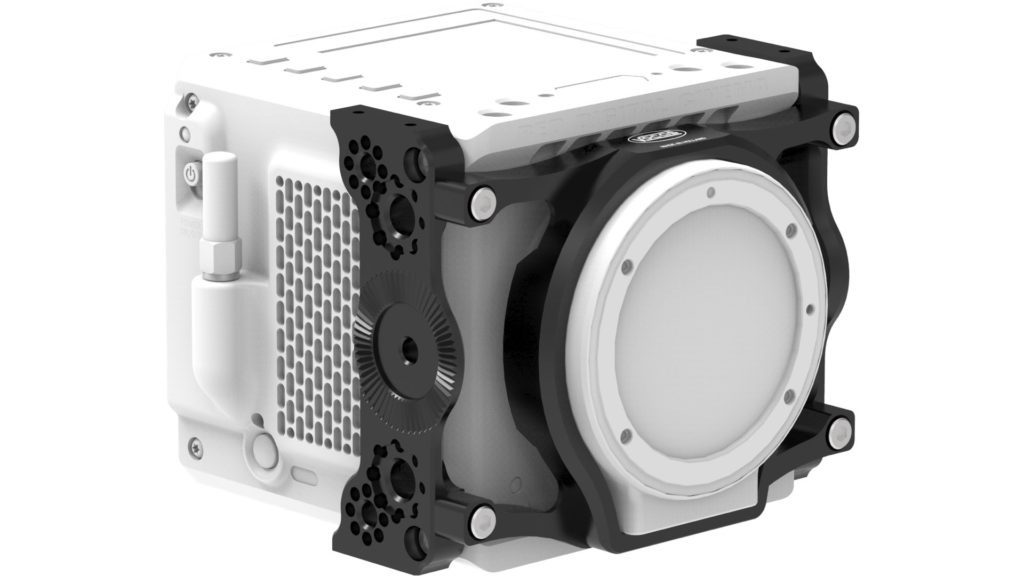
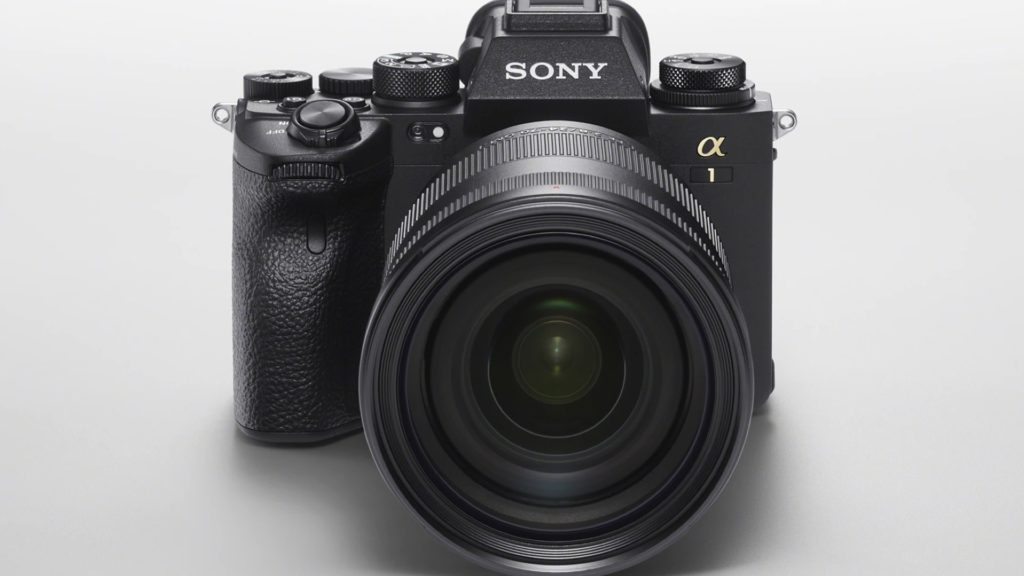






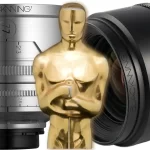
Higher FOV (Field of View) which demands more accurate set decoration ? What ? Always right lens to the right format, where does this FOV issue comes from ?
I sure wish you would call medium format medium format and not large format